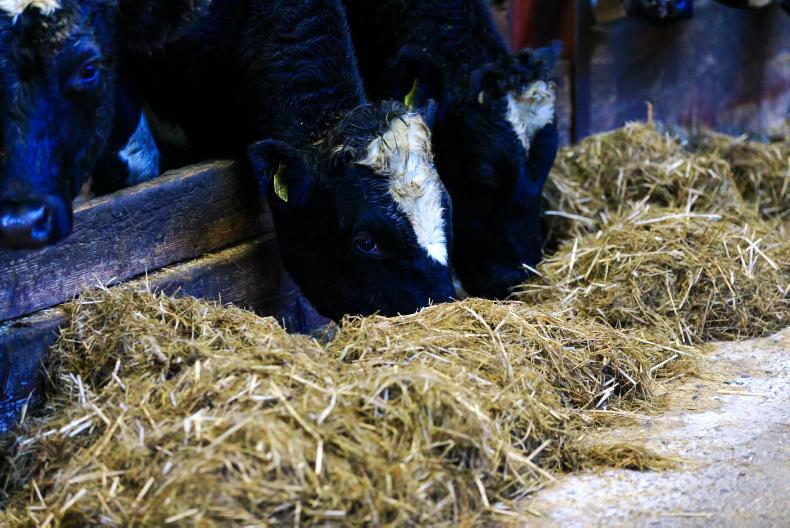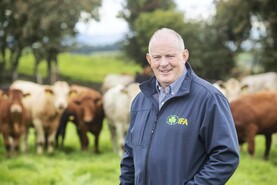Dairy Calf to beef
Given the very tight margins that exist in beef farming at the moment, it was never more important to make sure that all animals on the farm are putting on weight if you are incurring costs feeding them. There have been some new ventures down the dairy beef route and these weanlings need minding over the next few months to make sure they hit target weights. Keeping these animals for long store periods will rise costs and reduce your margin. Dairy beef weanling bulls should be coming at around 250kg at this stage with heifers 20-30kg behind at 225kg. Aiming for a 100-day winter and a target weight gain of .7kg/day over this period, animals should be turning back out at 300-320kg early next spring. At Dairy Day this week we looked at the performance of the animals on our THRIVE dairy calf to beef demonstration farm. The importance of maximising the amount of grass in the diet of these animals cannot be over emphasised. Without this, supplementing with concentrates will erode into the small margin that there is in finishing these animals. Putting plans in place now for getting these weanlings out next spring is important and unless you have fields closed off at this stage, early turnout won’t be taking place on your farm in 2020. For now make sure that all dosing is up to date for fluke and worms. If there have been pneumonia issues in the past, vaccination should be looked at. This should be done before housing, but it is not too late if already housed. These weanlings should be fed the best quality silage on the farm along with a 14% protein ration with good ingredients like barley, maize distillers or beet pulp. They should be fed 2kg/head/day for the next two months. Aim to reduce meal feeding in late January in advance of turnout in February/March to achieve some compensatory growth. Make sure they have adequate space to lie and feed.
Minerals
Early supplementation of minerals to spring-calving suckler cows is important to avoid any issues around calving. If feeding powder minerals make sure all cows have access to feed space. Feeding half rate twice a day can be a good insurance policy that all cows are getting enough. A pre calving mineral should have 0% calcium, around 4% phosphorus, around 13% sodium and around 17% magnesium. It should also have all the major trace elements including vitamin E. Dry cow minerals should be fed for six to eight weeks out from calving so late January calving cows should be fed minerals from now on.
Livestock demos
Our beef livestock demo heads to Clare Marts, Ennis on Wednesday, 27 November at 7pm where we will be looking at breeding, feeding, housing and health issues. Health has been the hot topic so far and our vet Tommy Heffernan will be there to answer any questions that farmers have on dosing, parasites, and pneumonia along with preventative measures to take over the next few months. We will also have a livestock demo of breeding animals and export quality weanlings on display.






 This is a subscriber-only article
This is a subscriber-only article










SHARING OPTIONS: